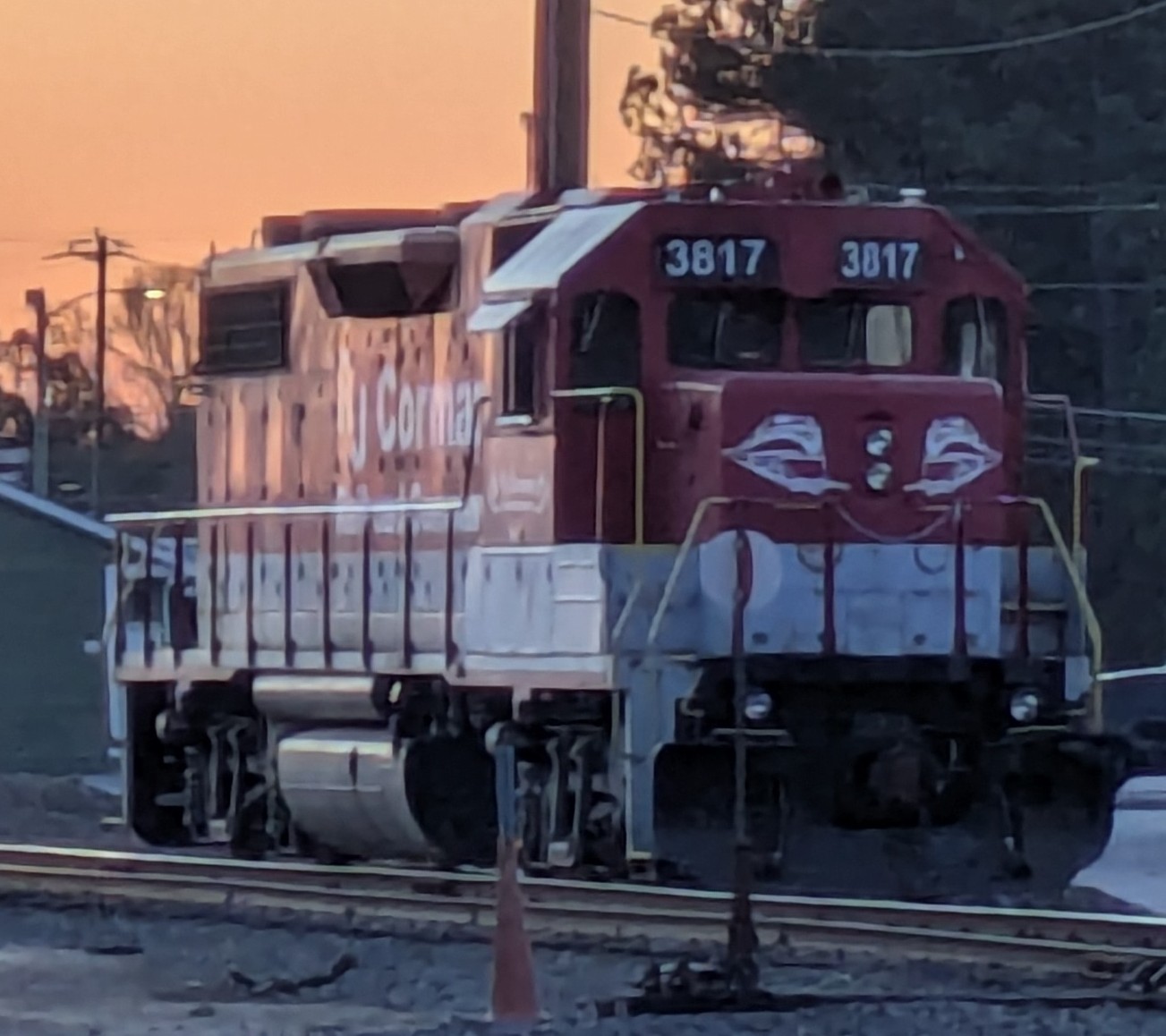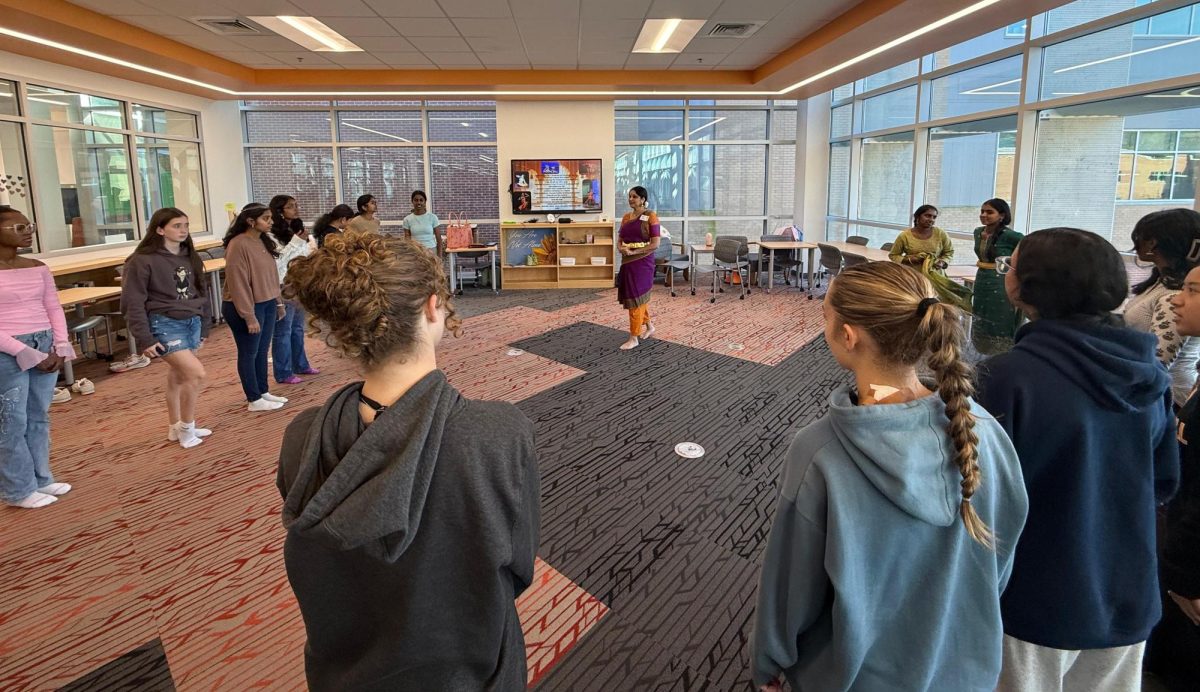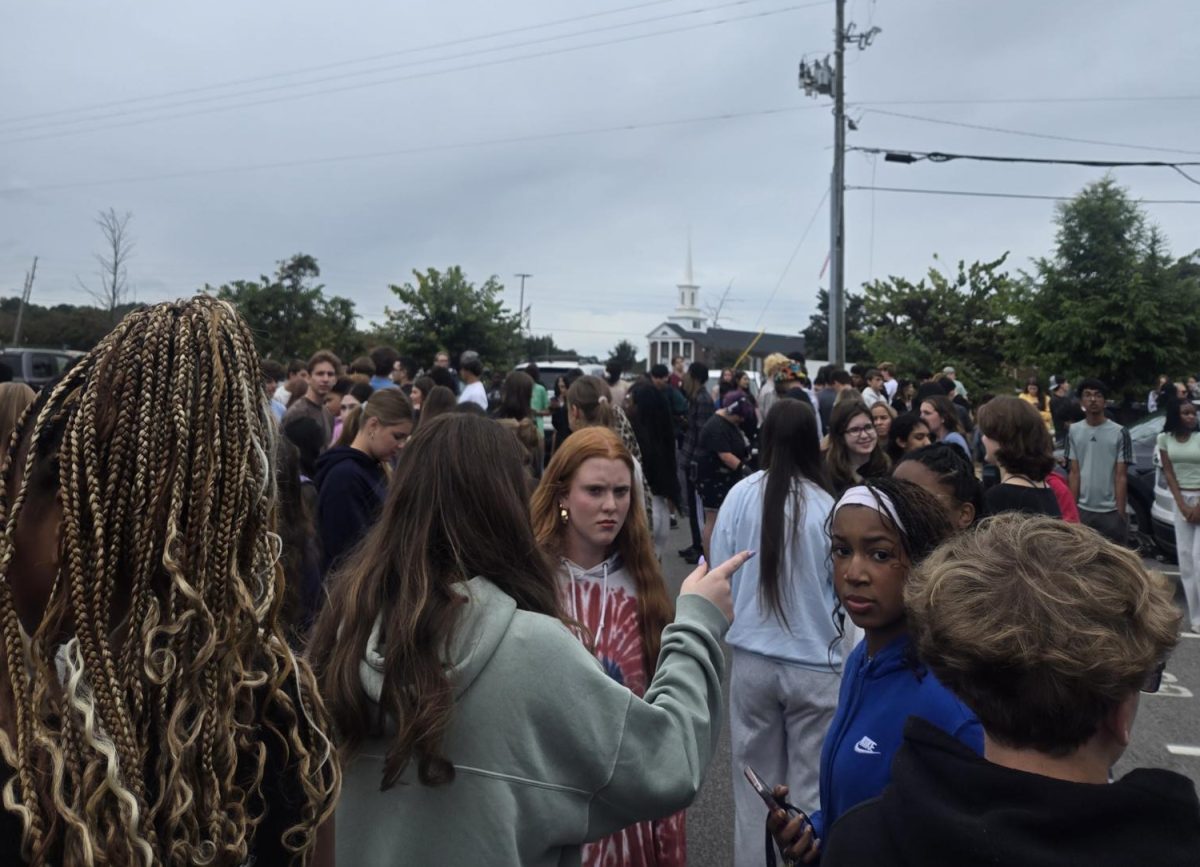A man was injured in downtown Durham from a collision with a freight train on Friday, March 21. Luckily, he didn’t have any life threatening injuries and the car was not badly damaged. But that’s not always the case.
FVHS is close to many railroad crossings that are still in use. Depending on the speed and weight, it takes around a mile for a train to stop. Cargo trains usually go 70-75 mph, but some can go up to 124 mph. These metal monsters are stronger and faster than the average car. New drivers must be careful when it comes to train tracks, even if they have never seen a train there.
Senior Sydney Clark said, “When you see train tracks when driving, you slow down and look for the train. I also listen for the train because they’re loud and you can hear them through your car.”
According to NSC injury facts, 995 people died from railroad crossing incidents in 2023. New drivers must know that trains can cause severe injuries.
English teacher Tristan McKinney said, “My dad’s a railroader and he drives trains. So he has warned me many times. Look both ways.”
Of course rules are broken everyday. There are many dangers with trains that drivers don’t seem to understand.
Clark said, “I’ve seen a lot of people drive unsafely around the tracks. They are speeding over them, not paying attention or stopping on top of the train tracks and not leaving themselves enough room to continue.”
New drivers must know not to wait on the tracks. People must obey the rules of trains so they don’t get injured or killed.
McKinney said, “I’ve seen people going around the bars when they’re lowered. It’s extremely dangerous and seeing people doing that is scary.”
If you ever do get stuck on the tracks while a train is coming and you can’t move your car, you should get out of the way immediately. The train will drag your car with it, so run towards the train, off the tracks, so the debris does not hit you.
New drivers must be prepared for these things if they ever find themselves in a dangerous situation.







